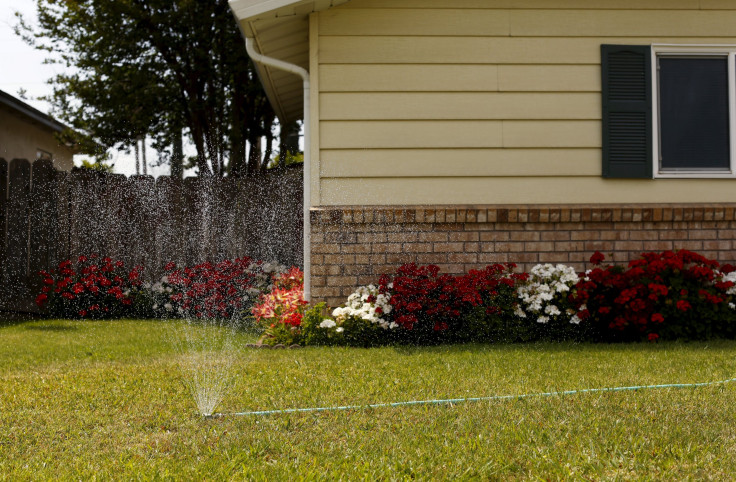California Looks To Australia For Advice As Drought Continues

California is desperate for a solution to end its longest and sharpest drought since records began. The U.S. state is turning to Australia, the world’s driest inhabited continent, for answers.
The people of California are suffering their own “Big Dry” much like Australians did between the late 1990s and 2012. Australia had faced water restrictions, barren fields, dying farm animals and great wildfires. When the rains had finally returned, the country has found a way to treat water as a precious commodity and developed efficiency programs to monitor average daily use.
Compared to the average Australian’s daily water use of 55 gallons, Californians consume up to 105 gallons of water per day. Drought policy expert Linda Botterill from the University of Canberra said long droughts are here to stay so societies must be prepared, reports AP News.
“We can expect longer, deeper and more severe droughts in Australia, and I believe the same applies in the U.S.,” said Botterill. She added that society should develop long-term and risk management strategies.
Water officials in California cite Australia’s experience as an example. However, Californians may not be accustomed to living on dry land like the Australians. California has always enjoyed an abundant supply of water. Daniel Connell, an expert on environmental policy said the main difference between the two areas is California has become more concerned with a “legalistic approach” while Australia has a public policy approach.
When droughts hit Australia, the volume of water trading in the country increases and farmers who grow water-intensive crops sell their rights to farmers who plant crops that cannot be plowed. Real-time prices can be viewed online and data is available to the public. This system has become a success for Australia as water trading has helped agricultural production remain stable.
Meanwhile, California residents are now forced to cut back on water use. Some have become angry at bottling water companies that continue to maintain normal water usage. Dozens of activities have held protests outside two of Nestle’s bottling plants last week, reports CNN.
Despite the protests, the amount of water that bottling companies use is just a tiny fraction of the entire water consumption in California. Tim Moran, a spokesperson for the state’s Water Resources Control Board, said the state does not actually monitor how much water is being bottled since it is a “pretty small amount.”
(To report problems or leave feedback on this article, contact: r.su@ibtimes.com.au)





















